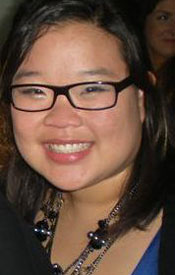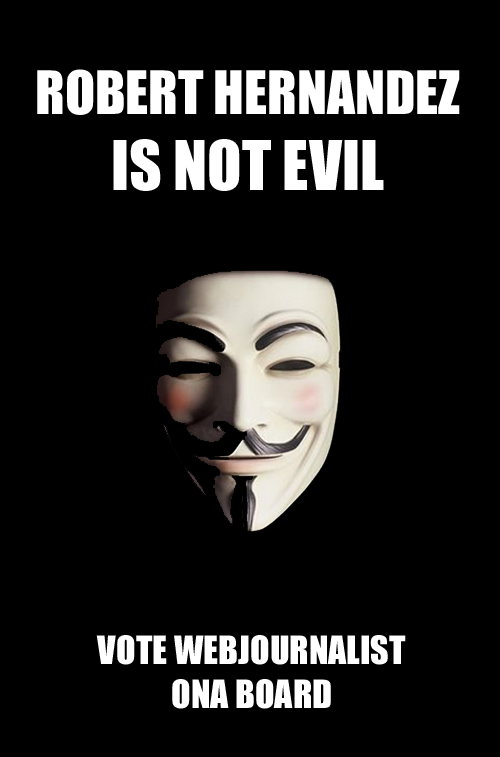5 ways to have immediate impact on your industry
Notice: Only variables should be assigned by reference in /home3/elprofem/public_html/wjorg/blog/wp-content/themes/wj-theme/functions.php on line 526
Comments off
NOTE: I quickly wrote up this post right before a flight and haven’t really copyedited yet.
Diversity and inclusion is a challenge that often feels like an overwhelming problem that we, as individuals, don’t seem to have the influence or resources to tackle.
We commonly say “I’m not hiring” or “I don’t have money to make an impact” and all these may be true.
But, as SXSW opens PanelPicker, CES calls for speakers, and conferences like NAHJ18 and ONA18 are quickly approaching, I wanted to share some practical things YOU can do to make a difference.
- Pitch a session! There is a difference between those on stage and those sitting in the audience, and often it’s not the level of expertise. It’s about who took the time to fill out a form and who didn’t. You are qualified to be on a panel about something you are genuinely passionate about. Invest some time to fill out a form increase the likelihood of unlocking some financial support to attend the industry conference, ranging from registration to travel and lodging.
- But don’t make your session about diversity. I have been on countless of diversity focused panels, typically presented to a nearly empty room. My most recent one was at SXSW and that will be my last “diversity” panel. My new approach, and one that I recommend to you, is to be on the leading topics of our industry. I – like many of women and people of color – are qualified to be on panels besides the topic of diversity. And being on non-diversity related panel helps normalize that women and people of color are naturally among the experts about the topic. And, let’s be real, more people will attend a non-diversity related panel.
- Recruit a reflect panel. If your session was selected, make sure your panelists are representative of our diverse community. Do you best to include panelists from diverse backgrounds to debunk any stereotypes. Don’t only think about gender, ethnicity and sexual orientation, but think geography, size of their organization, skill/experience level, etc. The panelists should not look all like you or share your background.
- Panelist rather than organizer. If you aren’t the organizer, you still have some influence about who is participating in the session. Ask how diverse the panelist group is and offer to recruit someone qualified that also looks different from the rest of the panel. Often you are help the organizer out. If it is all male, I really encourage you to give up your spot and recruit a replacement that reflects diversity. This simple and powerful step really amplifies others.
- Give away your registration. If you are employed, I highly encourage you to ask your employer to pay for your conference related expenses. And, if the conference is offering to cover your expenses STILL HAVE YOUR EMPLOYER pay. And giveaway your conference – and possibly the other resources – to someone else. Look, they were going to pay anyway and they were going to comp you anyway… why not pay it forward to someone who needs help. Everybody wins.
I have done each of these – multiple times for years. I have no money. I have a kid to fund. I am not hiring anyone. But these simple ways can have large impact.
If you truly care about inclusion and diversity in our industry – or any other industry – try a few of these tips to help make a real impact.
Please let me know if you have other tips and if you have done these too. We have more influence than we think.





